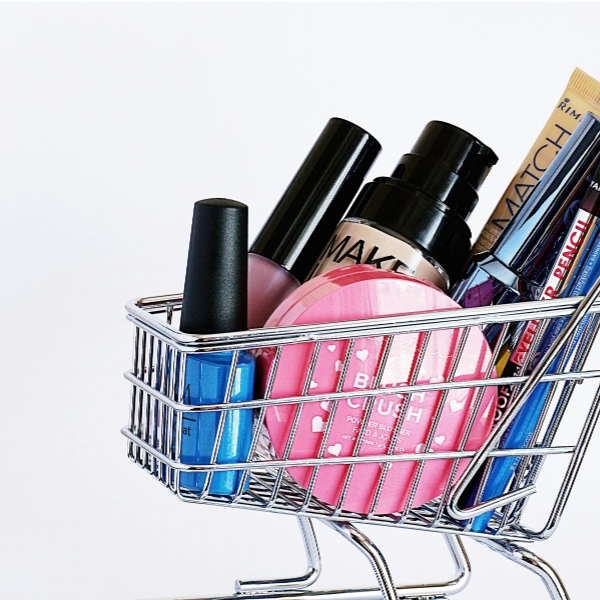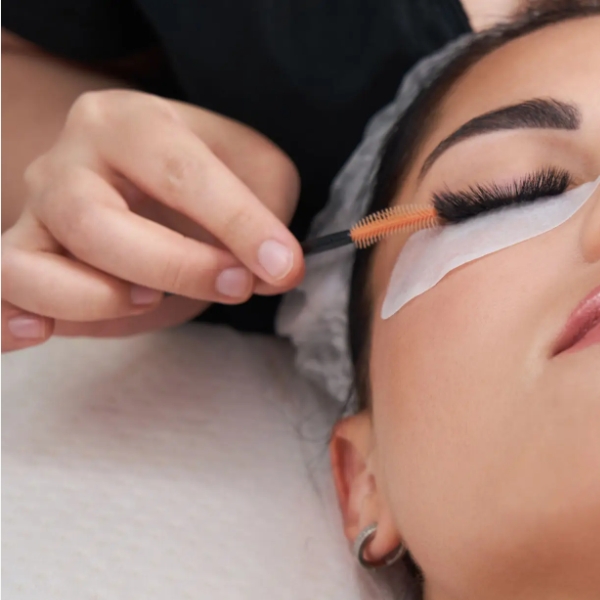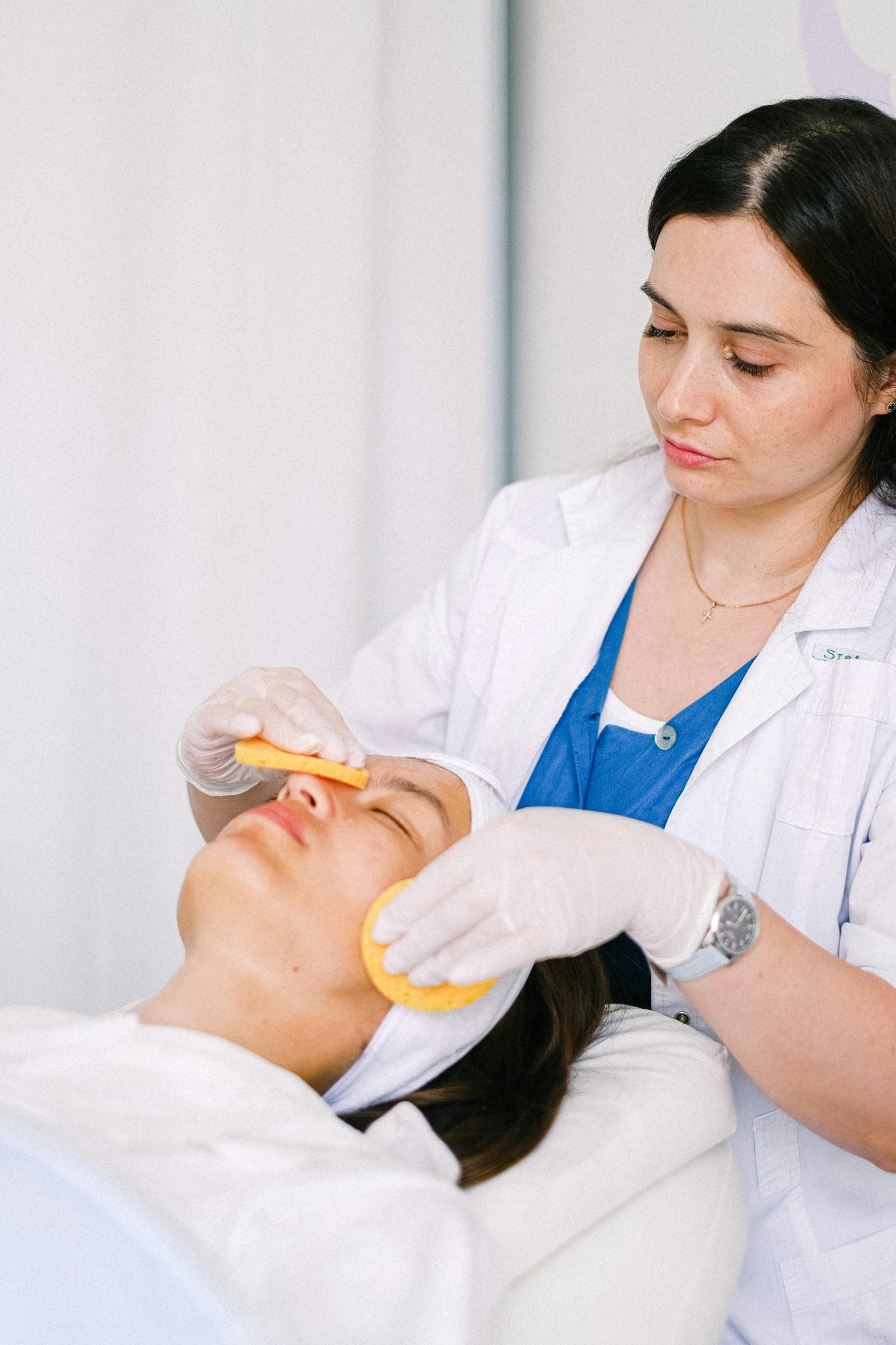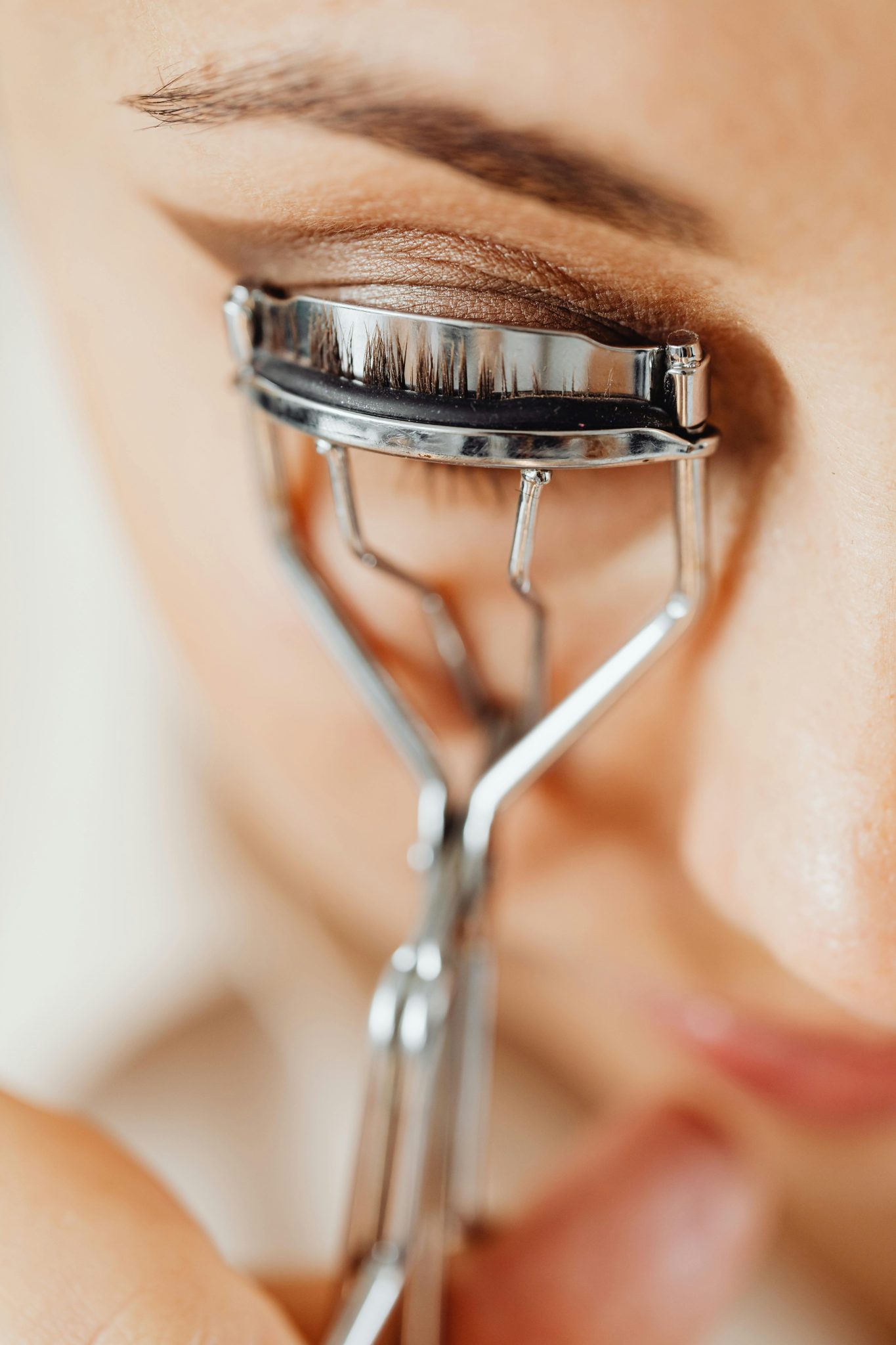Let’s address a lash salon phenomenon: Despite its great qualities, eyelash glue can be a real pain in the ass sometimes! There’s nothing more annoying than opening a lid only to find the adhesive has dried.
The challenges of eyelash glue are many, but have no fear! We are here to provide solutions and relieve your upset. Whether it’s solving common problems or providing tips for maintaining adhesive quality, we’ve got you covered.
Why is my lash glue losing its stickiness?
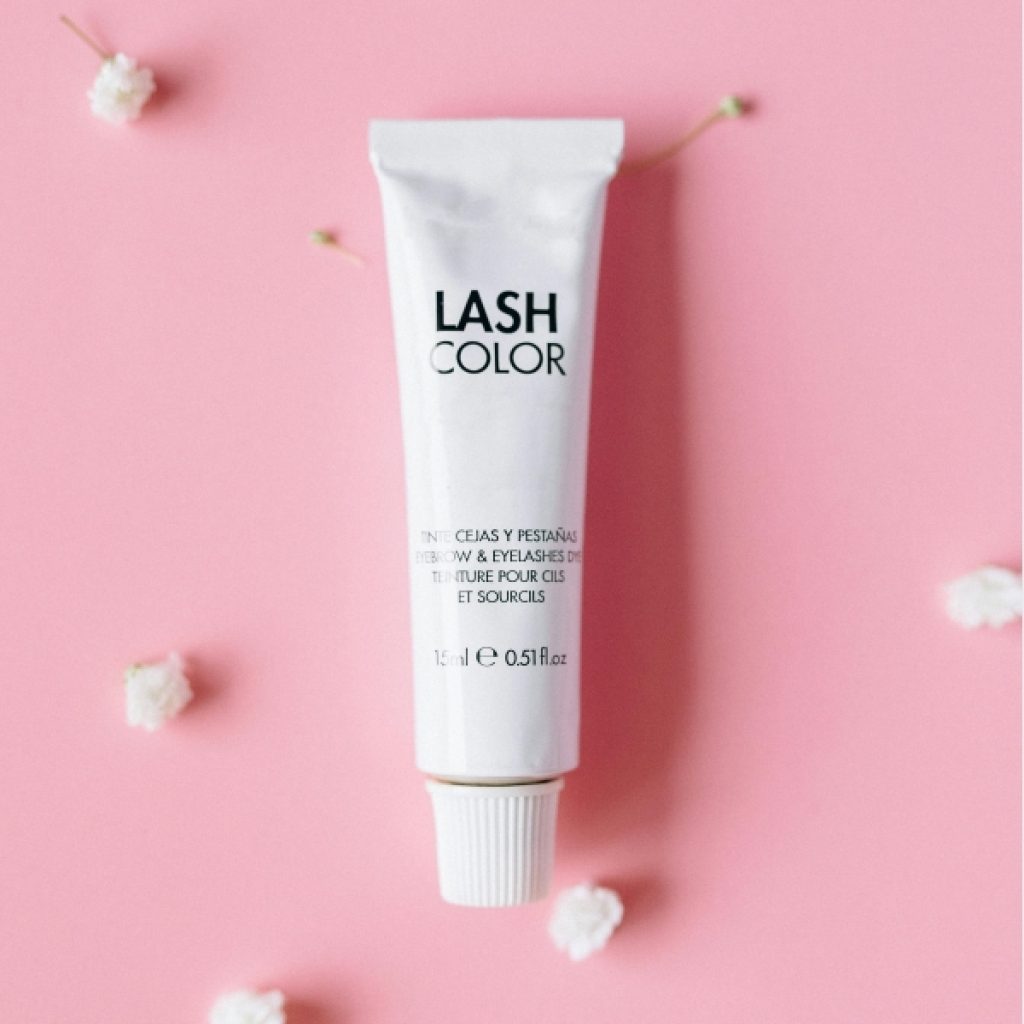
It’s upsetting to find your favorite false eyelash glue losing its stickiness. What’s the main problem? Air seeping into the bottle. Once opened, the glue begins to polymerize, a process that can’t be stopped but can be slowed down.
Air Exposure: Just like with lash glue, air is the primary reason for adhesive losing its stickiness.
To ensure your lash adhesive performs at its best, always burp the bottle before use. Hold the bottle upright and gently squeeze out any glue trapped at the top of the nozzle. This simple step prevents air bubbles and guarantees that each drop is fresh, enhancing retention and extending the shelf life of your lash extension glue.
Troublesome glue nozzle
When using glue, one of the most frustrating issues you may encounter is a clogged nozzle. This can lead to poor glue retention, making it difficult to achieve an airtight seal. Fortunately, there are some simple steps you can take to prevent clogging and ensure your glue nozzle works efficiently.
Cleaning the Nozzle
To prevent clogging, it’s essential to clean the nozzle regularly. Before the glue dries, use a nozzle rag to wipe away any debris or residue that may have accumulated on the nozzle. This simple step will help remove any blockages that could prevent the bottle from sealing properly.
Consequences of a Dirty Nozzle
If you don’t clean the nozzle regularly, it can lead to a range of problems. A dirty nozzle can cause:
Poor glue retention: The glue may not stick properly, leading to a weak bond.
Difficulty in sealing: The nozzle may not form an airtight seal, resulting in leakage or other issues.
Increased risk of clogging: Debris and residue can accumulate and eventually cause the nozzle to become completely clogged.
What to Do If Your Nozzle is Clogged
If you find that your applicator tip is completely clogged or stuck in the cap, don’t worry! Our adhesive rescue kits and replacement nozzles are designed to help you get back on track. These tools are specifically designed to remove blockages and restore your nozzle to its optimal performance.
By following these simple steps and using our specialized products, you can enjoy hassle-free glue application and achieve reliable results every time.
Do you store eyelash glue correctly?
It’s essential to pay attention to its storage conditions. Direct sunlight, moisture, and heat can all affect the polymerization process, which can impact the glue’s performance and longevity. To ensure your eyelash glue remains effective and lasts longer, follow these guidelines for proper storage:
Avoid direct sunlight: Direct sunlight can cause the glue to degrade, leading to a shorter shelf life and reduced adhesive strength. Keep your glue away from windows, skylights, or any other sources of direct sunlight.
Keep it away from moisture: High humidity can cause the glue to dry out too quickly, while low humidity can slow down the drying process. Store your glue in a dry, well-ventilated area to maintain optimal humidity levels.
Store in an airtight container: To prevent contamination and exposure to air, store your eyelash glue in an airtight container or a heat pack with a manufacturing date label. This will help keep the glue fresh and prevent it from drying out.
Maintain a stable temperature: Extreme temperatures can also affect the glue’s performance. Keep your workspace at a consistent temperature between 65°F to 75°F (18°C to 24°C) to ensure optimal adhesive strength.
In addition to proper storage, maintaining the right humidity and temperature in your salon is crucial for maintaining the quality of your eyelash glue. A moisture meter is an excellent tool for monitoring and regulating these conditions in your workspace. By ensuring the ideal storage conditions and maintaining a stable environment, you can:
Improve the adhesive strength and durability of your eyelash glue
Extend the shelf life of your glue
Enhance the overall quality of your lash application services
Can I stock up on adhesive?
It’s tempting to stock up, especially during a sale. However, the shelf life of an unopened adhesive is up to 6 months from the manufacturing date, and only up to 2 months after opening. Stocking up might not be the best idea. Remember, the more you open the bottle, the more your glue is exposed to air – if you’re using it daily, consider replacing it every 4-6 weeks.
The best approach is to buy 2-3 bottles, judging your usage so they don’t expire. Store unopened adhesives in the fridge, but let them reach room temperature before use. Once opened, keep the glue in a cool, dry place and never return it to the fridge.
Has my lash glue expired?
As mentioned in the text, it’s essential to keep track of the expiration date of your lash glue after opening it. It’s recommended to write down the date and attach it to the bottle for easy reference.
As a general guideline, it’s advised to replace your lash glue every 3-4 weeks to ensure it remains fresh and effective. If you notice any changes in the glue’s consistency, such as:
Watery consistency: If your glue has become too runny or thin, it’s likely gone bad. In this case, it’s best to discard it and get a new one.
By following these simple steps, you can maintain the quality of your lash glue and ensure a successful and long-lasting application.
Why doesn’t my eyelash glue stick?
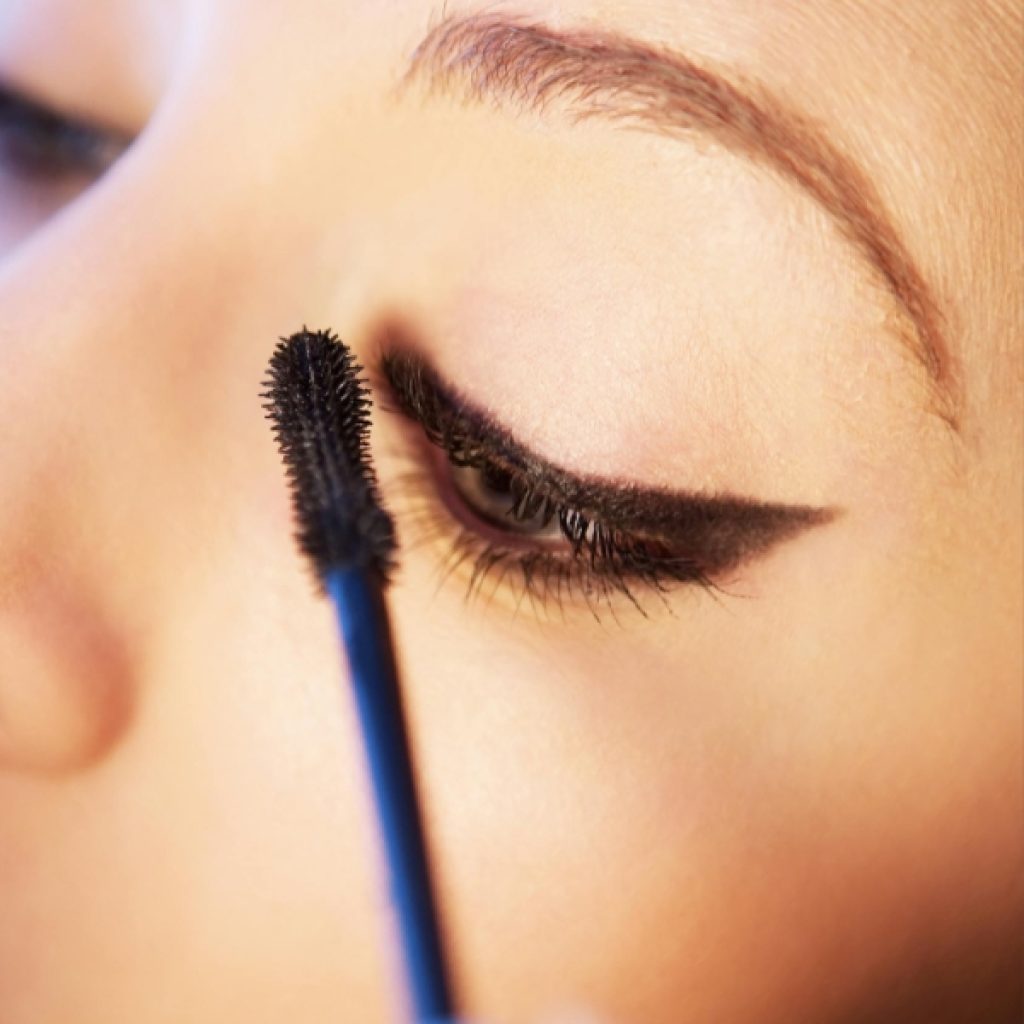
Improper Storage
Temperature Extremes: Eyelash glue can be sensitive to extreme temperatures. If it’s stored in a hot or cold environment, the adhesive properties may break down, causing it to lose its stickiness.
Moisture Exposure: Store your eyelash glue in a cool, dry place to prevent moisture from affecting its adhesive properties. Humidity can cause the glue to become watery or sticky, making it difficult to apply.
Open Container: If the lid is not properly sealed, the glue can dry out and lose its adhesive properties. Always make sure to close the lid tightly after use to maintain the integrity of the glue.
Expired Adhesive
Check the Expiration Date: It’s essential to check the expiration date on your eyelash glue bottle. If it’s past its expiration date, it’s likely that the adhesive has degraded and lost its effectiveness.
Signs of Expired Glue: Expired eyelash glue may exhibit signs such as:
Dull or cloudy appearance
Lack of stickiness or adhesive properties
Unpleasant odor or taste
Other Factors
Surface Preparation: Make sure you’re preparing the lash band correctly before applying glue. Clean and dry the band, and apply a thin layer of glue to ensure proper adhesion.
Glue Type: If you’re using a specific type of eyelash glue designed for synthetic lashes, it may not work well with natural lashes or vice versa.
Environmental Factors: Air pollution, dust, or other environmental factors can affect the adhesive properties of your eyelash glue.
To fix the issue with your eyelash glue not sticking:
Check Storage Conditions: Ensure your eyelash glue is stored in a cool, dry place with the lid tightly sealed.
Check Expiration Date: Verify the expiration date on your eyelash glue bottle and replace it if it’s past its expiration date.
Clean and Prep Lashes: Ensure you’re preparing the lash band correctly before applying glue.
Try a Different Glue: If none of the above solutions work, consider trying a different eyelash glue brand or type.
WHY IS MY LASH ADHESIVE NOT WORKING?
The frustration of a non-working lash adhesive! 🤯 Don’t worry, we’re here to help you troubleshoot the issue. Here are some common reasons why your lash adhesive might not be working as expected:
1. Improper Shaking: As we mentioned earlier, shaking is crucial to mix the ingredients thoroughly. If you’re not shaking the bottle well enough, the adhesive might not be mixed properly, leading to poor performance.
Solution: Shake the adhesive bottle for 1-2 minutes before each use and before dispensing each new drop. This ensures that the ingredients are well-mixed and distributed, resulting in better performance.
2. Expired Adhesive: Lash adhesives have an expiration date, just like any other product. Using an expired adhesive can lead to reduced adhesion and poor performance.
Solution: Check the expiration date on your adhesive bottle. If it’s expired, it’s time to replace it with a fresh one.
3. Dirty or Clogged Applicator: If the applicator brush is dirty or clogged with old adhesive, it can affect the adhesive’s performance.
Solution: Clean the applicator brush regularly by wiping it with a lint-free cloth or replacing it if necessary.
4. Incorrect Application Technique: Applying the adhesive too thickly or unevenly can cause it to fail to adhere properly.
Solution: Use a light touch when applying the adhesive, and make sure to apply it evenly across the lash band. Start at the center of the lash band and work your way outward in small strokes.
5. Poor Quality Adhesive: Unfortunately, some lash adhesives might be of poor quality, leading to inconsistent performance.
Solution: Try switching to a different brand or type of adhesive to see if that improves the performance.
6. Humidity and Temperature Issues: Extreme humidity or temperature fluctuations can affect the adhesive’s performance.
Solution: Store your adhesive in a cool, dry place away from direct sunlight or extreme temperatures. Apply the adhesive in a room with a consistent temperature between 65°F to 75°F (18°C to 24°C).
We highly suggest using a glue shaker to save time and reduce wrist fatigue. Believe me, it will make a world of difference!
Aftercare: Remind your clients that maintaining their lash extensions involves careful attention to aftercare guidelines. Advise them to avoid touching or rubbing their lashes, especially in environments with high temperatures like saunas or steam rooms. The heat can weaken cyanoacrylate, the main ingredient in lash adhesive, leading to premature lash loss. Additionally, stress the importance of keeping their lashes clean and avoiding oil-based products around the eyes. Regular follow-up appointments are essential to keep their lashes looking full and beautiful. By following these aftercare instructions, clients can enjoy long-lasting lash extensions and reduce the risk of damage.


